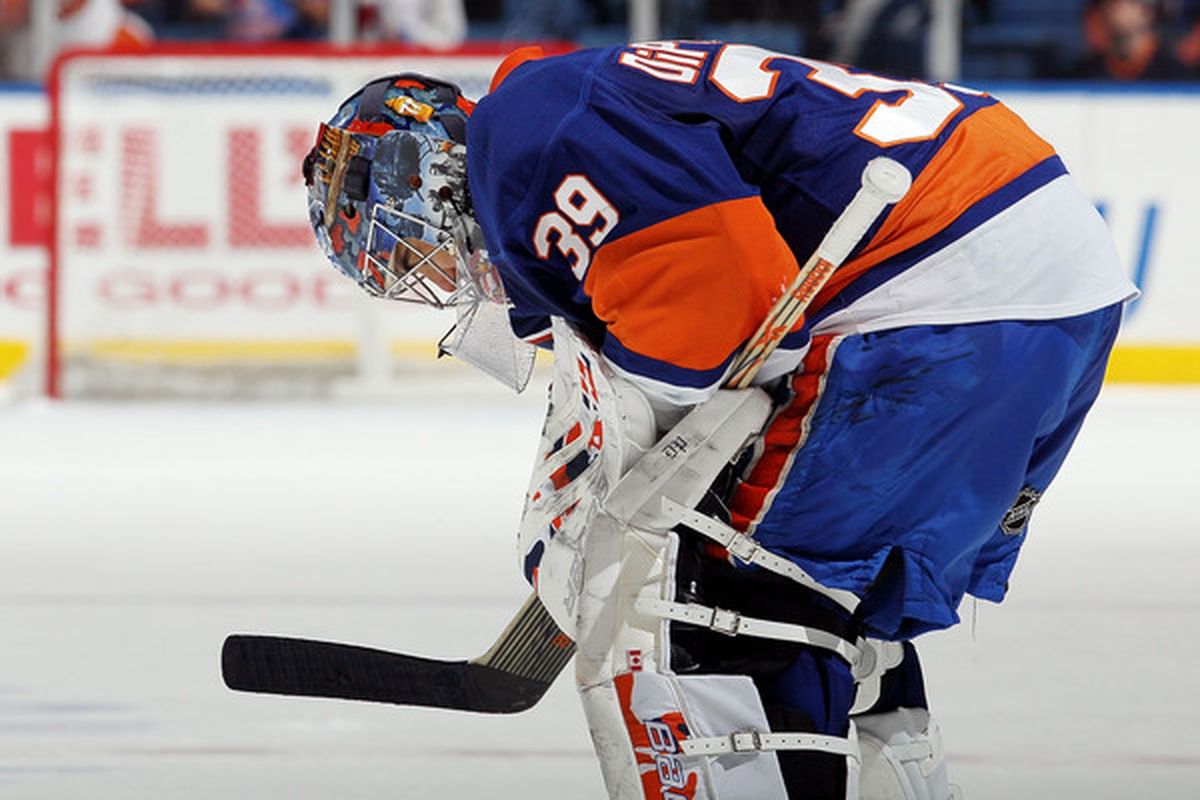Growing up and playing competitive hockey, my goal was always to obtain a college scholarship and maybe, just maybe make it to that next level. So, I did what any other talented young athlete would do, listen to well-meaning coaches and scouts and focus all of my energy on MY sport at a young age. I thoroughly enjoyed playing hockey and was happy to play 2 hours, 5 times a week year-round…
My story of early specialization is all too common in competitive athletics. A recent study by Post and colleagues found that the vast majority of division 1 athletes that specialize early do so because…
The most common reason cited by athletes for choosing to specialize in their college sport was enjoying that sport the most. The second and third most frequent selections were having an opportunity to earn a scholarship to play in college and being the best at that sport, respectively. Only 9.9% (n = 34) of athletes cited parental influence as the most important factor in their decision to specialize in their college sport. — Post et al., 2017
All of these reasons make perfect sense, but do athletes who specialize early actually have more success than multi-sport athletes?
According to the same study, the prevalence of highly specialized athletes (year round training of > 8 months per year, chose a single main sport, and quit all sports to focus on a single sport) increased significantly from freshman (16.9%) to senior year (41.1%) of high school. In a separate study, amongst high school athletes, 29.5% classified themselves as one-sport athletes and 36.4% were considered highly specialized in their chosen sport. Based on this information, there does not seem to be a significant difference between division 1 athletes and the general high school athlete population with regards to specialization.
Furthermore, approximately 90% of 2016 and 2017 NFL draft picks played multiple sports during high school. In agreement with this trend, 100% of 2016 national college football award winners, including all 5 Heisman Trophy finalists, were not highly specialized or single-sport athletes in high school. And looking closer at the two teams who played in Super Bowl LI, approximately 87% of the players on both teams were multi-sport athletes in high school. The current evidence does not necessarily look favorable for the highly specialized athlete.
More importantly, how does early specialization impact risk of injury?
In order to be successful, you need to be healthy and the literature once again does not give favor to specialization. Athletes with high competition volume, who participated in a club sport, or who were highly specialized had 2.08 times greater odds of reporting a previous lower extremity injury than those with low competition volume, 1.50 times greater odds than no club sport participation, and 2.58 times greater odds in comparison to low specialization. Building upon this information, another study found that highly specialized athletes were more likely to report a previous injury of any kind or an overuse injury in the previous year compared with athletes in the low specialization group. Athletes who played their primary sport more than 8 months of the year were 1.68 times more likely to report an upper extremity overuse injury or 1.66 times more likely to sustain a lower extremity overuse injury. When looking at serious overuse injuries, highly specialized athletes were 2.38 times more likely than multi-sport athletes.
When looking closer at ice hockey, one of the most common areas of injury tends to revolve around the hip/pelvic region. Being that highly specialized athletes are 2.74 times more likely to sustain an overuse injury to this region, this should be an area of specific concern…
Femoroacetabular Impingement Syndrome (FAIS) is an abnormal growth of bone localized to the femoral neck and/or acetabular rim. In the case of Cam morphology (increased bone growth on femoral neck), the prevalence significantly increases in ice hockey players as they age. Even when compared to a similar group of athletes (skiers), the ice hockey group showed a consistent increase in prevalence as age increases. While this altered morphology may not result in a painful condition, as a recent study showed prevalence of FAIS in 68% of ice hockey players with only 22% demonstrating symptoms. This increased prevalence of altered hip/pelvic morphology speaks to the repetitive nature of the sport (especially among goaltenders) and may predispose them to hip/groin pathology as their career progresses.
Moving to the psychological impact of sport specialization, there is also evidence to support increased levels of drop out in those highly specialized athletes.
Among ice hockey players, those who began off-ice training earlier and those that invested a larger number of hours training at a younger age were more likely to drop-out of their sport. This study showed that hockey players started playing at 5 years old and the athletes that ended up dropping out began off-ice training at 11.75 years old in comparison to 13.8 years old in those who continued playing. Additionally, those that continued playing their sport invested an average of 6.8 hours to off-ice training versus 107 hours per year in the drop out group.
Dropout can occur for any number of reasons spanning from psychological to physical factors. Studies looking into reasoning behind burnout in competitive tennis players found burned-out players had less input into training and sport-related decisions and practiced fewer days with decreased motivation. While sport specialization has not necessarily been linked to burnout, the underlying stressors related to the early and highly specialized athlete mimic those reasons for dropout.
Knowing the negative impact of early and high specialization in one sport, what can we as athletes, coaches, parents, and healthcare providers do?
- Take a break. Actually take the off-season off and find another sport or passion during this time.
- Develop overall athleticism. There is a reason multi-sport athletes are generally more successful at higher levels. They have been exposed to different movements and stresses that their primary sport does not provide them.
- Listen to your body and your mind. Are you feeling burnt out or are you suffering from a nagging injury? Take the time to have these factors addressed… See a physical therapist, see a sports psychologist, or see the appropriate medical professional.
- HAVE FUN. Sports are meant to be a positive influence on your life, not a drain on you physically and mentally.
We as a culture need to make a change in how youth and competitive sports are positioned. The highly specialized athlete is not necessarily more successful, is more likely to sustain an overuse or serious injury, and demonstrates the psychological profile of those that drop-out of their sport. We need to embrace the need for varying experiences and movement activities. The literature is fairly definitive and we need to push our children, athletes, and coaches to focus on the enjoying their athletic career and on developing overall athleticism during this timeframe.
Continued Reading…






Couldn’t agree with you more!
LikeLiked by 1 person